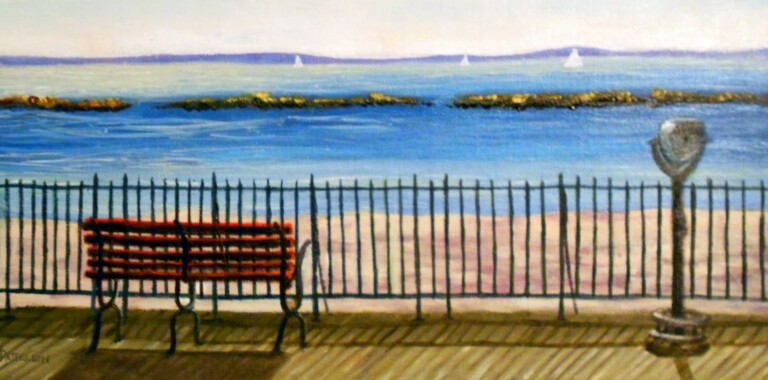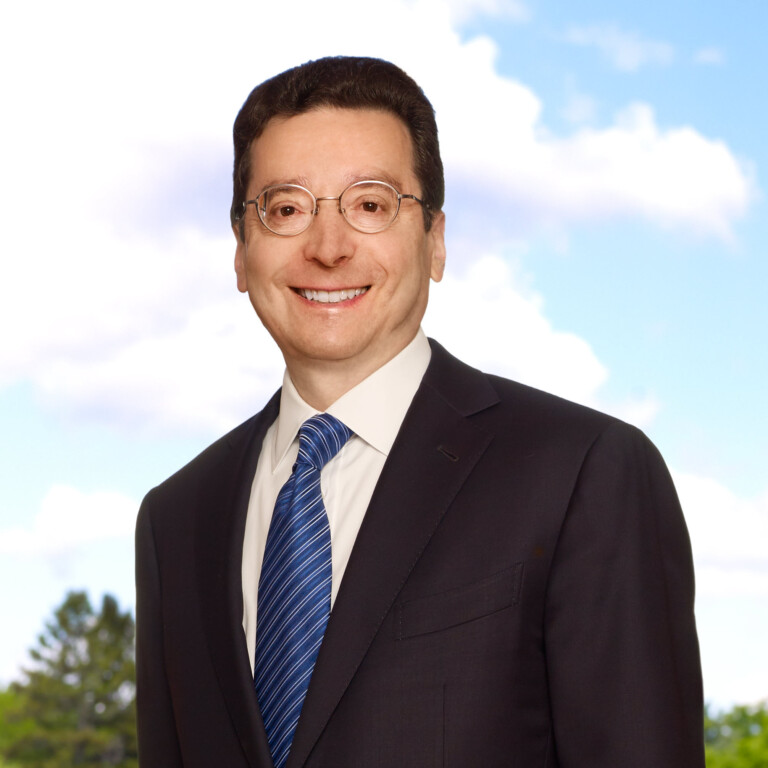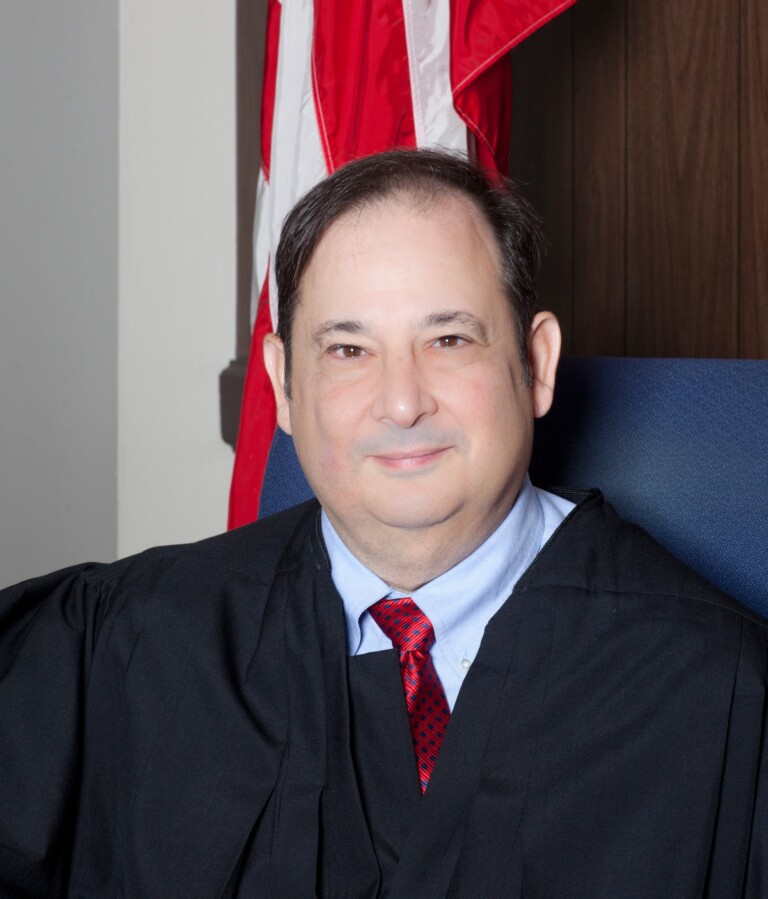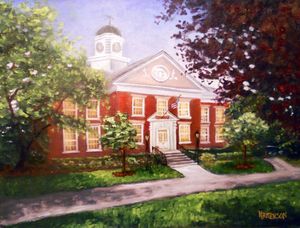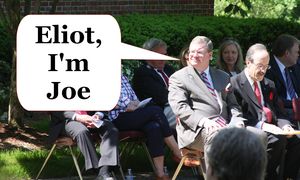Sharrows on Forest Avenue
By Steve Cadenhead, Locust Ave, Rye
In the coming weeks a new and distinctive pavement marking will be making its debut in Rye, along Forest Avenue. This article provides information on what they are, why they’re used, and why they’re coming to Forest Ave.
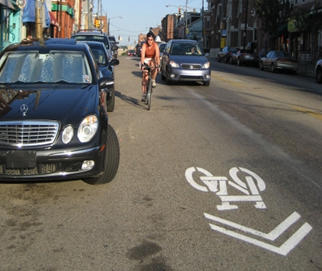
Forest Avenue is heavily used for recreational purposes. Residents bike, jog, walk and push strollers up and down Forest Avenue, and many children also bike or walk along it to get to school. Because of the narrow roadway and absence of sidewalks in many sections, this activity is taking place right in the roadway in the same space that motorists are using. Pedestrians, cyclists and motorists all are competing for the same space, and the result is usually unpleasant and potentially life-threatening encounters. In a perfect world there would be dedicated bike lanes and full sidewalks along a corridor as active as this, but the reality is that there is no money available for the required widening of Forest Avenue, and it’s not clear that there’s even the appetite for these types of improvement.
So where do sharrows fit in? Sharrows are a relatively new, official, standardized street marking that is used when bike lanes are needed but not feasible. Sharrows are completely different from bike lanes, which are separate travel lanes set aside for bicyclists, marked by a solid white line and a completely different symbol. A sharrow is a painted emblem on the roadway, akin to say a School Zone marking, intended to encourage the safe co-existence of motorists and cyclists. (The term “sharrow” is short for “shared-lane marking arrow”.) Sharrows are recommended in situations where the is road crowded and well-traveled; where there Is significant bicycle traffic; when the posted speed limit is 35 mph or below; where the roadway is too narrow for a motor vehicle and a bicycle to travel side by side within the same traffic lane; and where bicycle lanes are not possible or feasible. They indicate to motorists the possible presence of bike traffic in the roadway, and remind motorists that they are sharing the route with bicyclists. Likewise, they indicate to cyclists the correct direction in which to ride (always with the flow of traffic!) and the safest part of the roadway to ride in.
Studies have shown that sharrows do indeed succeed in reducing the distance between cyclists and motorists. They succeed in reducing incidences of “dooring” (where a motorist exiting a parked car opens the door into the path of the cyclist, causing a collision). Studies show that motorists also tend to drive more slowly when sharrows are present. Sharrows also improve the behavior of cyclists, reducing incidences of their riding the wrong way on the road, or riding on sidewalks. In other words, they improve safety.
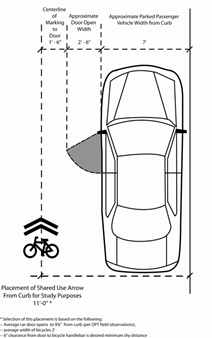
Sharrows are in wide used across the country, including in New York City, and have recently begun to appear in Westchester County. Their benefits include improved roadway safety; increased motorist awareness and expectation of non-motorized traffic on the road even when none is visible; low cost (or in this case no cost, as this project to install them has been completely funded by the Rye YMCA grant); increased community awareness of the needs of non-motorized users, and stimulation of discussion about biking and pedestrian safety in Rye.
Employing sharrows on Forest Avenue is a quick, easy, low cost step toward easing confusion and improving safety on Forest Avenue. It’s easily reversible should they be deemed a failure. This improvement doesn’t cost taxpayers or the City anything. Sharrows alone won’t solve all the traffic issues on Forest Avenue, but they’re a step in the right direction. Using them is also an acknowledgement that it’s good, not bad, that people are running, walking and cycling in their neighborhoods. Our streets are a community asset. They belong to the residents and the community, and are not for the sole benefit of motorists. Installing sharrows is a step towards balancing the needs of non-motorists and motorists on our streets.

